Maybe you’ve been here?
You’re outside looking at the garden and thinking, yeah, it’s good, but it just needs “something.” Or, you're at the garden center figuring out what to do with your containers this season. You're doing the same cool neutrals (white/silver/green) or hot fashion colors (red/yellow/orange). Again. Or (this is the worst), in a garden quiz, you'd be an oh-so-English-y Sissinghurst. He'd be a cool-but-quirky Lotusland, miles apart in terms of color. The remedy to each of these dilemmas is…adding a bit of that great harmonizer: the color purple.
Purple is one of the most fun colors to play with in the garden. As it's found at both ends of the color spectrum (red at one end, blue at the other). It's a true chameleon. Depending on the shade, it warms up cool colors that can get washed out in bright sun. It also cools down hot or bright colors that, while striking, can be almost too bold.
Here are two really beautiful gardens. Imagine erasing the purple from each picture. Still beautiful, but not magical. And in neither is purple the dominant color. It’s the amplifier.
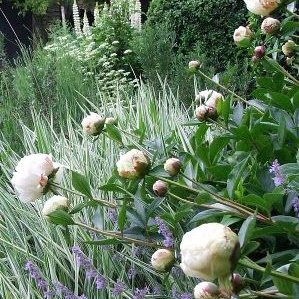
Purple adds depth to white
Pale purple brings this elegant border of white peonies and silvery ornamental grass to life. It does this by breaking up the monochrome palette.
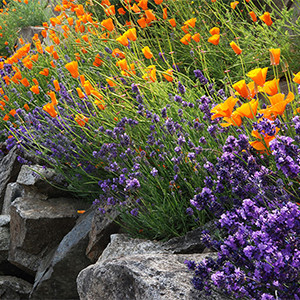
Purple cools hot hues
This deeper shade of lavender enhances but doesn't compete with the orange California poppies. (Which is the focal point of this exciting border.) (image source)
Design Tips
Combine shades of purple for depth and drama.
Match deep purple with hot colors for a dynamic effect
Pair light purple with whites and silvers for a calming effect.
More Purple Flowering Plants
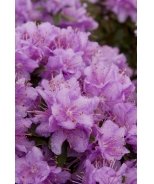

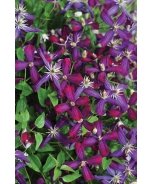


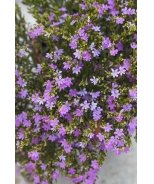








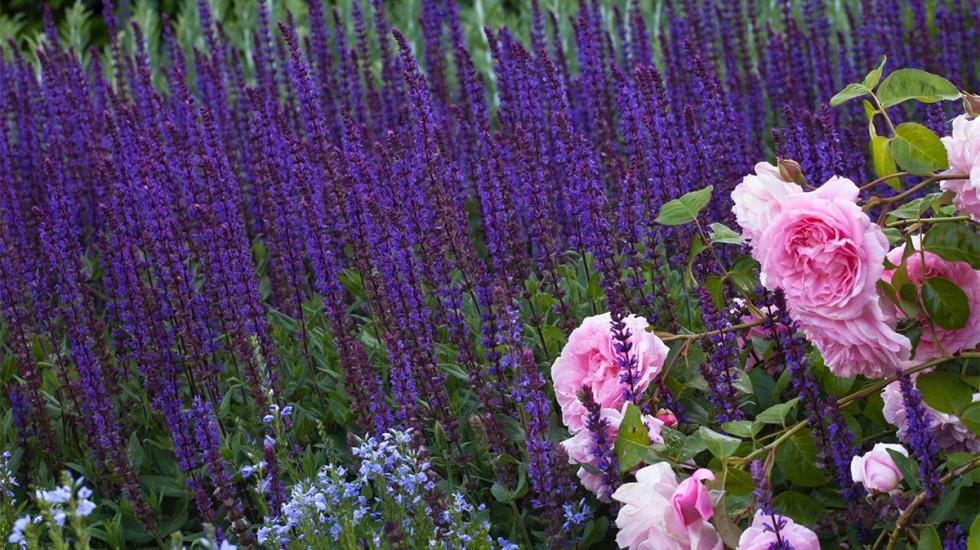
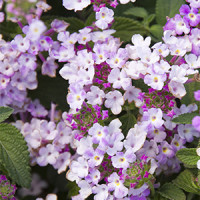
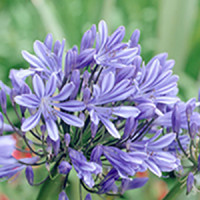

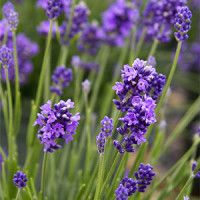

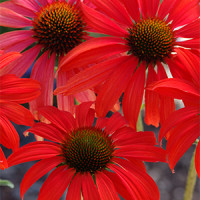
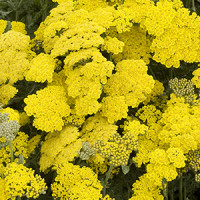
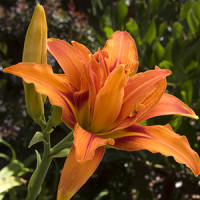
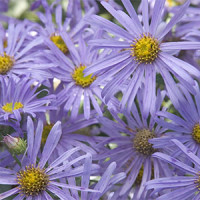
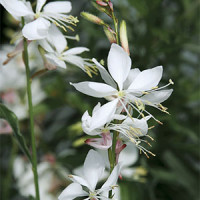
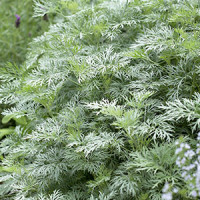
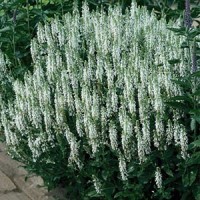
Please login to comment.
Don't have an account?
Sign Up for free